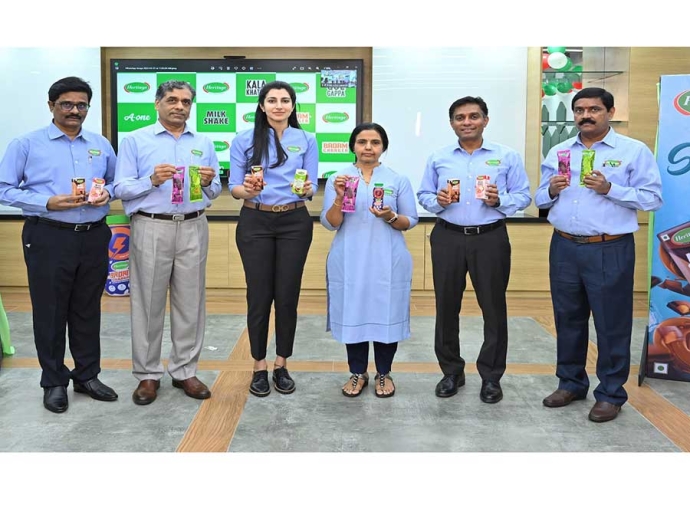13 March 2023, Mumbai
The market for disposable gloves in India was estimated to be worth $303 million in 2017 and is projected to increase to $760 million by 2025, increasing at a CAGR of 12.4% over that time. In terms of volume, the market share for natural rubber gloves was greater than two-fifths in 2017.
Hygiene issues; The growth of disposable gloves market in India is witnessing steady growth driven by increased awareness about cleanliness, illness prevention, and the rise in health, and safety awareness among the Indian populace, coupled with a spike in the number of end users getting the sector started.
Additionally, market participants may anticipate attractive prospects shortly given that, the pandemic acted as a catalyst catapulting the scale & scope of the hand glove industry necessitated by the heightened technical developments in glove production and, the healthcare sector's tremendous expansion.
Indian market view; As a quick context setting the Indian market has many prominent players operating & having a serious presence in the hand gloves market spanning from Supermax Corporation Berhad, Hartalega Holdings Berhad, Kossan Rubber Industries Bhd, and Saf-T-Gard International, Inc., among many other unorganized players co-existing.
Category chugging along well
While operations for disposable gloves have not been suspended due to the coronavirus epidemic, the economic crisis will not significantly impact the business. Because disposable gloves fall within the list of essential items, the lockdown has not impacted their supply, demand, or manufacture.
The disposable glove market in India is segmented in-depth in the study based on product and shape. Natural rubber gloves, nitrile gloves, vinyl gloves, neoprene, polyethylene, and other products are the different product categories in the market.
These gloves are widely used in medical and non-medical industries so the neoprene segment will have the greatest CAGR throughout the projection period.
In agriculture, chemistry, cleaning, oil and gasoline refining, and cleaning and maintenance, neoprene gloves are best employed. These gloves are more robust and chemical resistant than natural rubber gloves.
Everyone loves a good story
The disposable glove market may be divided into powdered and non-powdered disposable gloves. As these gloves include powder as a lubricant that makes them non-sticky and is readily accessible at an inexpensive price in the Indian market, the segment with the most significant revenue in 2017 is predicted to maintain its dominance over the projection period.
The Indian glove market saw three years of growth before declining by -30.9% to $X in 2021. From 2012 to 2021, the overall consumption showed real growth; its value climbed at an average yearly rate of +3.3% during the previous nine years.
Nonetheless, the trend pattern showed some observable changes during the studied time. Based on 2021 data, consumption rose above 2017 indices by +27.9%. As a result, consumption peaked at $X before sharply declining the following year.
Roadblocks
Grappling with challenges like manufacturing capacity restrictions and hazardous responses related to the usage of some gloves are expected to restrain market expansion.
One of the key downsides of the Indian hand gloves market is the malaise of counterfeit products, which continues to spoil the party seriously impacting the reputation of genuine manufacturers and, fraught with risk to the health and safety of end-users.
Again, what impedes growth are roadblocks/bumps that pose odds to the Indian hand gloves market spanning rising raw material costs, lack of standardization/rationalization in quality and sizing, and the serious challenge of meeting international quality standards to compete in the mature global market. World is hungry for the growth
Glove output fell to $X in value terms in 2021, according to export pricing estimates. From 2012 to 2021, the total production value rose at an average yearly rate of +2.6%; nevertheless, the trend pattern showed some observable swings were recorded in some years.
The year 2020 saw the highest growth rate, with a rise of 42%. As a result, output peaked at $X and declined the following year. After two years of decrease, the number of pairs of gloves, mittens, and mitts exported climbed by 26% to X pairs in 2021.
For the five years from 2012 to 2021, the overall export volume climbed at an average annual rate of +2.5%; the trend pattern remained stable, with some natural swings.
Consequently, exports reached their high and are likely to keep growing shortly. Glove exports increased significantly in value to $X in 2021.
Nonetheless, exports as a whole continue to show a slight decline. The fastest growth rate was seen in 2013 when exports rose 30% over the previous year. The outcome was that exports peaked at $X. The export growth slowed from 2014 to 2021 and never picked up.
Proud moments
The hand gloves market in India is seeing a seminal rise in growth due to sustainable demand from multiple industries viz. healthcare, food, pharmaceuticals, and many more.
So optimistic trade estimates are that the market size is projected to reach USD 551 million by 2025 and, is expected to continue to expand & deepen going forward. Moreover, prospectively the Indian hand gloves market in India is in a sweat spot & holds a positive future, riding on the back of the rise in health and safety awareness, coupled with consistent government initiatives, and the catalytic growth of end-use industries.
Latest Publications


































